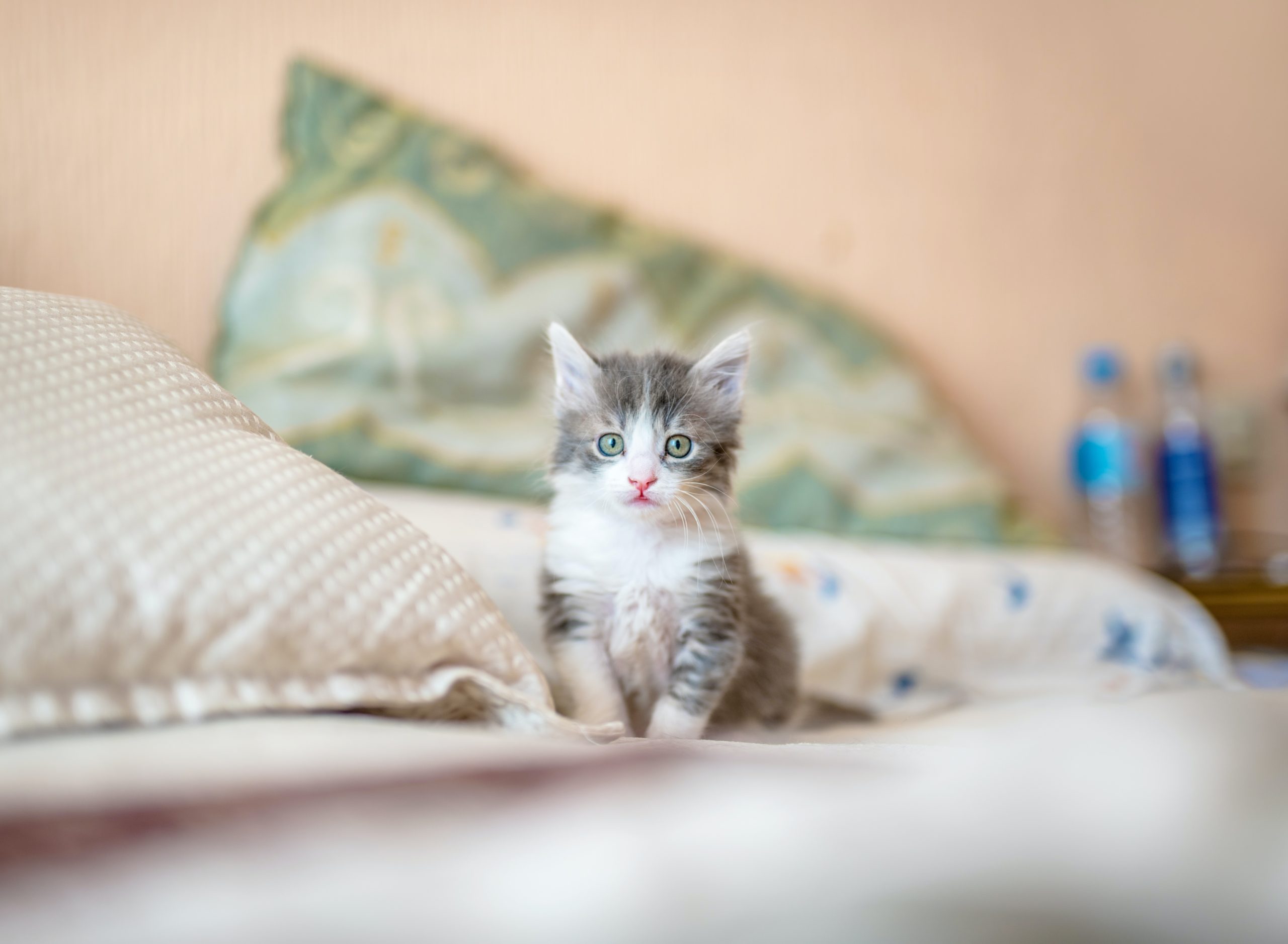Do you know the most important aspects of pet care? If you follow these Ten Tenets of Pet Care, you’ll be certain to have a happy healthy pet.
1. Select your pet with care
Your pet will be with you for many years, so select a pet that suits your tastes, lifestyle and budget.
While dogs are exceptionally faithful and social and suit an active lifestyle, cats may be better if you are at work during the week.
Cats are intelligent, graceful and mischievously playful but, compared to dogs are often aloof, independent and downright superior.
Why not consider an aviary bird, or an aquarium of fish. For some folk, a pet rock is a better alternative. I once saw a very handsome specimen, dubbed Sir Brickan Stone. However, he was still ‘taken for granite’.
2. Early training & socialisation is vital
Pets need to know that humans are important and that their company is enjoyable. Sadly, many pets are not properly socialised and are fearful of strangers.
To produce a perfect, socialised pet, attend a Puppy Preschool or a Kitty Kindy. For bird owners, the latest soon-to-be-a-craze is the Parrot Party. Many veterinary clinics and training schools hold puppy preschools, some hold Kitty Kindies, and, in time, hopefully many will hold Parrot Parties.
3. Preventative health care – not a tonne of cure
Invest time and money in your young puppy or kitten and you will save future heartache and expense.
Pups and kittens need to be vaccinated initially at six to eight weeks of age and regularly thereafter.
They need to be wormed regularly and don’t forget heartworm preventive medication which can be commenced, for kittens as well as puppies, when they are about eight weeks old. It is vital that reliable preparations are used to zap annoying and dangerous external parasites such as fleas and ticks.
Your veterinarian is the best source of advice for these preventative medications.
4. Groomed for success
Don’t let your pet get ‘furry around the edges’ by neglecting its coat.
If you are washing your pet, do so with a pet shampoo, not one designed for humans. A weekly wash is usually sufficient. If your pet has a skin malady, consider a therapeutic shampoo to give it relief.
Pets with thick and thin coats enjoy and benefit from the massage a daily grooming provides. Use specialist brushes to remove loose hair and matts and nylon mitts to assist with the application of shampoos.
5. Fashion a ration with passion
Providing proper nutrition for pets is essential, but often neglected. Puppies have totally different nutritional requirements to adult dogs which, in turn, need to be fed differently to older pooches. Thankfully, the advent of ‘life-stages’ diets designed for pets of different ages has made nutrition of pets a lot easier. Even aviary birds have a choice of scientifically balanced diets in many different formulations.
See your veterinarian for more details.
6. Whole tooth and nothing but the truth
The whole tooth truth is that sloppy, soft, over-processed foods are doing our pet’s a great deal of harm.
While dry dog kibble is better than canned food and minced meat when it comes to dental care, don’t forget about the importance of giving your pet bones and also of cleaning your pet’s teeth.
When gnawing on a raw, meaty bone, your pet’s enthusiastic chewing removes the concrete-like scale and tartar that is on its teeth. Chicken wings, ox tails, knuckles, lamb shanks and pig’s ears are good for your pets. Never feed your pet cooked bones and stay clear of chop and fish bones and T-bones.
Veterinary dentists advise that the ‘gold standard’ of dental care is to brush your pet’s teeth, just as you would your own. Pet tooth brushes and toothpastes are readily available.
7. Stop reproducing the same problem
The reproductive capacity of pets is phenomenal and when its hormones are surging, your pet is likely to be very difficult to manage. Unless you are truly committed to being a responsible breeder, have your pet desexed. There are almost no disadvantages. Desexed pets are easier to manage and lead healthier lives.
8. Identifying a pet problem
One of the simplest ways of protecting a pet is often neglected by pet owners. All pets should be identified to promote their safety if they should accidentally stray. Identifying a pet can be as easy as writing a name and ‘phone number on its collar. Alternatively, discs, tags, and even microchips are available. Microchips offer the most reliable and permanent form of identification. Contact your vet for further details. Don’t neglect it – identification saves lives.
9. Give your pets a split lifestyle
Many dogs and even some cats suffer from intense boredom when their owners are at work during the day. This leads to destructive behaviours, excessive vocalisation, escape behaviours and even obsessive compulsive disorders.
Prevent problems like this by giving your pets a split lifestyle.
When you are home, provide your pets with a rich and full lifestyle involving affection, attention and a varied training and play routine.
However, when you are away, provide an equally rich and stimulating lifestyle through games and amusements that occur without human intervention, throughout the day. Provide frozen bones, frozen Kong toys, rolling treat balls, sand pits with buried treasures, water troughs to play in and many other tricks you can invent to provide your pets with a rich ‘home alone’ lifestyle.
10. Confining comments to roaming
Giving pets a varying lifestyle should not include them roaming the streets for entertainment. Pets which roam are a community nuisance and a danger to themselves. Dogs should be confined behind an effective fence and cats should be kept inside from dusk to dawn. In some cases, it is best to confine cats totally to your property as most responsible people do with dogs. A variety of cage and confinement systems is now available for cats to prevent them roaming.





